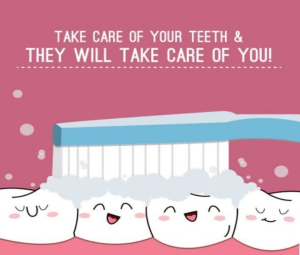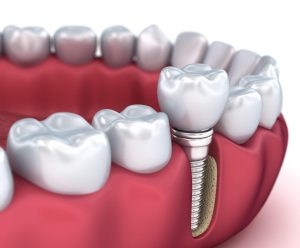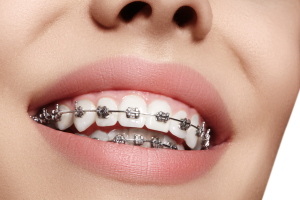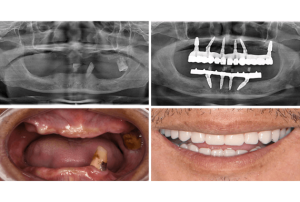Table of content
Overbite or overjet are always a concern for us in terms of aesthetics. So what are overbite (overjet)? What are the methods of correcting overbite (overjet) and how much do they cost? All will be explained by Elite Dental below!
1. What is Overbite (Overjet)?
Overbite (also known as Overjet) is a condition of misaligned bite affecting the relationship between the upper and lower jaws. Specifically, Overbite exhibit the following signs:
- Teeth sticking out excessively, possibly beyond the limits of the lips.
- Difficulty in closing the lips completely.
- Lips not aligned with the nose.
- Chin appearing receded and excessively short, noticeable when viewed from a side angle.
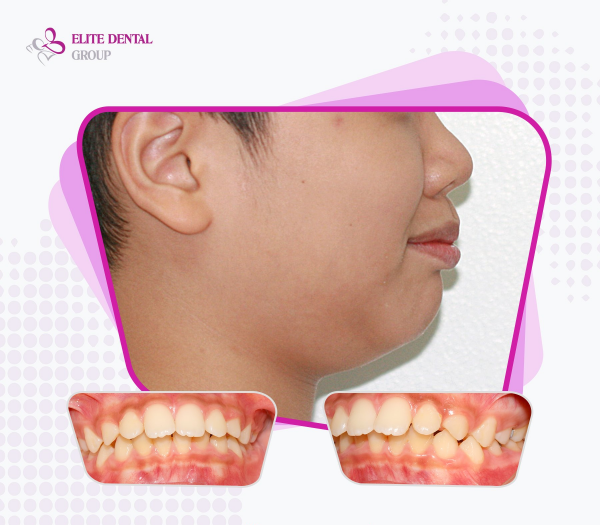
>> View more: How to fix underbite teeth with braces?
2. Causes and Types of Overbite
Causes leading to protruding teeth:
- Genetic factors within the family.
- Bad habits (bottle-feeding and prolonged thumb-sucking until the age of 6, habitual mouth breathing, lip biting, tongue thrusting).
Professionally, Overbite are classified as follows:
- Protrusion due to jaw bone: The upper jaw bone is misaligned, projecting forward more than usual. When the upper jaw bone is protruded, the upper teeth cover and almost entirely hide the lower teeth, causing the upper lip to protrude, and when smiling, only the upper teeth arch is visible.
- Protrusion due to teeth: The jaw bone is not protruded, but the teeth grow forward, sticking out.
- In some cases, both teeth and jaw may protrude.
Disadvantages associated with protruding teeth:
- Reduction in facial aesthetics, leading to decreased confidence in daily communication.
- Limitation in chewing function, as misaligned bite makes it difficult for individuals with protruding teeth to grind food, potentially affecting the digestive system in the long run.
- Incorrect bite alignment over time may impact the temporomandibular joint.
- Impedes oral hygiene, leading to conditions such as bad breath, cavities, gum inflammation, and periodontal diseases.
- Front teeth protruding may increase the risk of broken front teeth in case of falls or sports injuries.
One of the most currently emphasized methods to address protruding teeth is orthodontic treatment.
3. Can braces fix Overbite?
3.1. How traditional braces work in correcting overbites
Orthodontic treatment is a method applied to address dental issues affecting bite alignment and aesthetics, including Overbite. By utilizing specialized dental appliances that exert force to correct misaligned teeth, orthodontic treatment offers several prominent benefits:
- Bringing teeth and jaw bones into the correct position helps achieve a proper bite, aligning the teeth in a straight row.
- Assisting in adjusting the structure of the jaw bones contributes to improving the aesthetic harmony of the lip-nose-chin complex, creating a balanced and harmonious facial appearance for a slimmer look.
- The results of orthodontic treatment often produce an attractive smile with evenly aligned teeth, boosting confidence in interpersonal communication.
- Effectively correcting, arranging, and shifting misaligned teeth into the proper bite alignment improves chewing function and enhances clear speech.
- Simultaneously, cosmetic orthodontics ensures a tight fit of the teeth, eliminating gaps or spaces, making oral hygiene easier, and promoting oral health while preventing dental issues such as cavities, gum inflammation, and periodontal diseases.
3.2. Types of braces
There are some commonly applied methods for correcting protruding teeth:
Metal Braces for Overbite
This orthodontic technique involves attaching metal brackets to the tooth surfaces, which are connected with each other through a metal wire. Additionally, small elastic bands are used to secure the brackets and the wire in place. The force applied by the wire causes the teeth to shift into the desired positions. This method is a traditional form of orthodontic treatment with metal braces that are easy to use, replace, and effectively move teeth, but they are less aesthetically pleasing and can be challenging for oral hygiene.
Overbite Correction with Ceramic Braces
This orthodontic method utilizes brackets made from ceramic and other inorganic materials. These ceramic brackets are known for being safe (non-irritating), aesthetically pleasing, but may cause wear on the opposing teeth. Additionally, ceramic material is susceptible to breakage, especially when consuming hard foods. Replacing ceramic brackets is not a straightforward process, and if, unfortunately, a bracket falls off or breaks, a completely new set may be required.
3.3. Duration and process of overbite correction with braces
How long does it take to correct protruding teeth with braces?
Typically, the minimum time for correcting protruding teeth with braces is around 18 to 24 months. However, the specific duration of orthodontic treatment depends on various factors:
The degree of misalignment of the teeth
If the protruding teeth are only mildly misaligned, the time required for braces may be shorter. Conversely, if the protrusion is severe, with significant misalignment, tilting, or other complications, it will take a longer time for orthodontic treatment.
Age for braces
As mentioned, the ideal age for braces is between 6 and 12 years old because during this time, the jaw is still developing, making it easier to shift the teeth. Consequently, the duration of orthodontic treatment is generally faster when braces are applied during childhood compared to orthodontic treatment in adulthood.
How many steps are there in the process of correcting protruding teeth with braces?
The process of correcting protruding teeth with braces typically involves 5 steps:
Step 1: The dentist will conduct a general examination, along with taking intraoral and facial photographs, as well as X-rays, panoramic films, etc., to gather necessary data for diagnosis.
Step 2: Based on the data from Step 1, the dentist will determine the extent of misalignment, formulate a treatment plan, predict the duration of orthodontic treatment, and then provide detailed guidance on the next steps.
Step 3: Once you agree to the treatment plan, the supportive appliances for braces will be manufactured.
Step 4: The dentist will proceed to place or instruct you on how to wear the orthodontic appliances.
Step 5: Follow-up appointments are scheduled for the dentist to make adjustments and monitor the movement of teeth and the bite (if applicable).
Step 6: After achieving the desired orthodontic results—such as even teeth, proper bite alignment, and a balanced facial profile—you will wear a retainer for maintenance for 1-2 years to stabilize the teeth in their new positions and prevent any potential shifting.
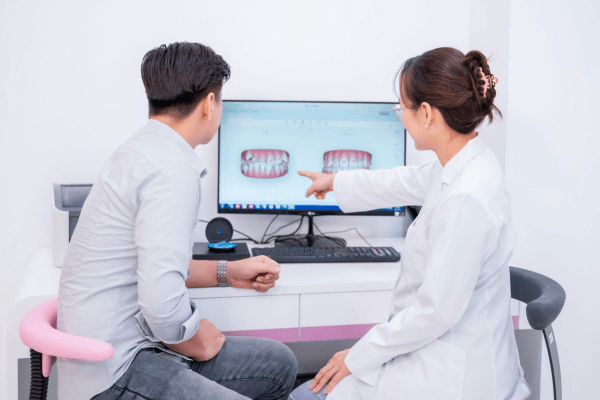
Note:
- The orthodontic process may vary for each method and individual.
- Please contact Elite Dental for detailed consultation on the process and duration of correcting protruding teeth with braces.
4. Invisalign as an alternative treatment for overbite
This is an advanced orthodontic technique using clear aligners made from smart, transparent plastic, personalized for each individual according to the treatment plan outlined by the orthodontist. Orthodontic attachments are directly attached to the tooth surfaces, working in conjunction with the clear aligners to achieve optimal teeth movement.
Particularly, you can preview the treatment plan that the orthodontist has designed for you, and 85% of the final results are simulated with the ClinCheck software from Invisalign, showing the predicted tooth movement. The orthodontist will closely monitor and control the treatment to ensure the desired outcomes. Upon completing the Invisalign treatment, you will achieve a proper bite and straight, even teeth, effectively addressing the previous issue of protruding teeth.
Related posts: > Types Of Invisalign Treatment - Which Is Right For You? > How much does Invisalign cost in Vietnam? > What are crooked teeth? Does Invisalign work for it? > Can Invisalign fix severe crowded teeth?
5. Braces or invisalign for overbite correction: Which one is better?
Braces with brackets can be applied to the majority of cases; however, the drawbacks include lower aesthetics and difficulties in oral hygiene and chewing.
Transparent Invisalign braces are suitable for cases of teeth misalignment, including protruding teeth. At the same time, they address all the drawbacks of bracket braces: high aesthetic appeal, convenience in eating and hygiene, reduced risk of cavities, and minimized discomfort during the treatment process.
In particular, Invisalign aligners can be easily removed, and the follow-up appointments with the dentist are less frequent. Instead of the 6-8 weeks interval required for bracket braces, patients only need to see the dentist every 3 months, allowing for a more flexible and comfortable braces journey.
To choose the appropriate orthodontic method, consider factors such as the degree of misalignment, personal preferences, financial capabilities, and the dentist’s recommendation. It’s important to consult with a skilled orthodontist to develop the best and most cost-effective treatment plan for you.
1. Why should you choose the right orthodontist? Orthodontics is a dental technique used to adjust the alignment of misaligned or crooked teeth, overbites, or underbites, returning them to their proper positions to improve the function of the jaw and teeth, as well as enhance facial aesthetics. The orthodontic process…
With thousands of successful and long-lasting treatment cases, Elite Dental confidently shares with you numerous instances of corrected protruding jaws and teeth using both bracket braces and Invisalign methods. When you come for a consultation with our orthodontists, you will be provided with detailed explanations of cases similar to yours that have been successfully addressed.
Contact Elite Dental today for consultation and experience comfortable and long-lasting effective treatment for protruding teeth.




